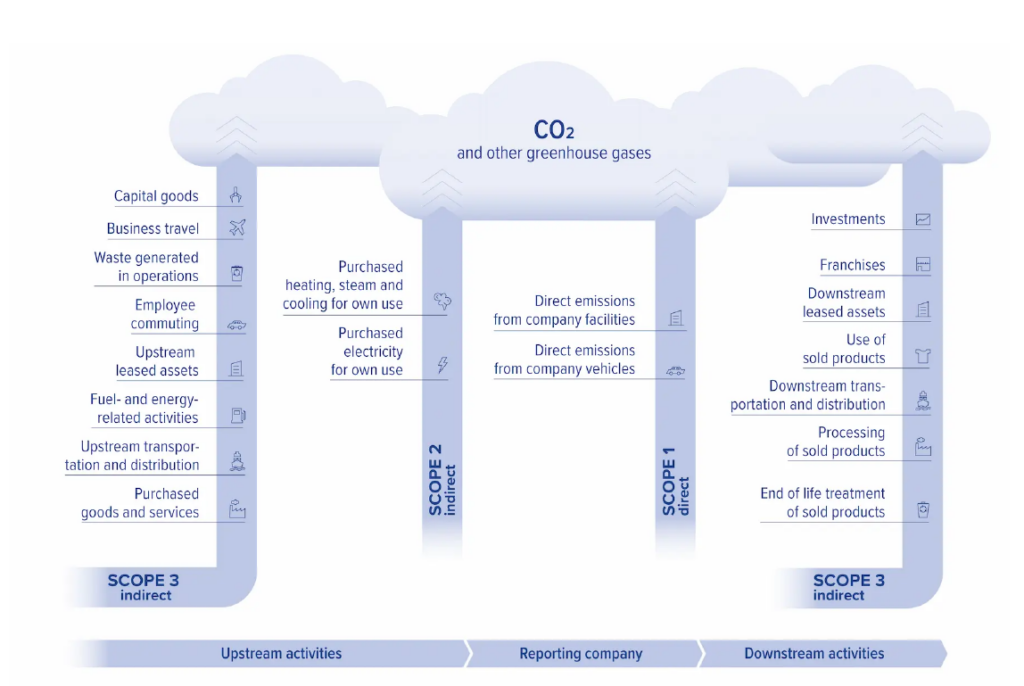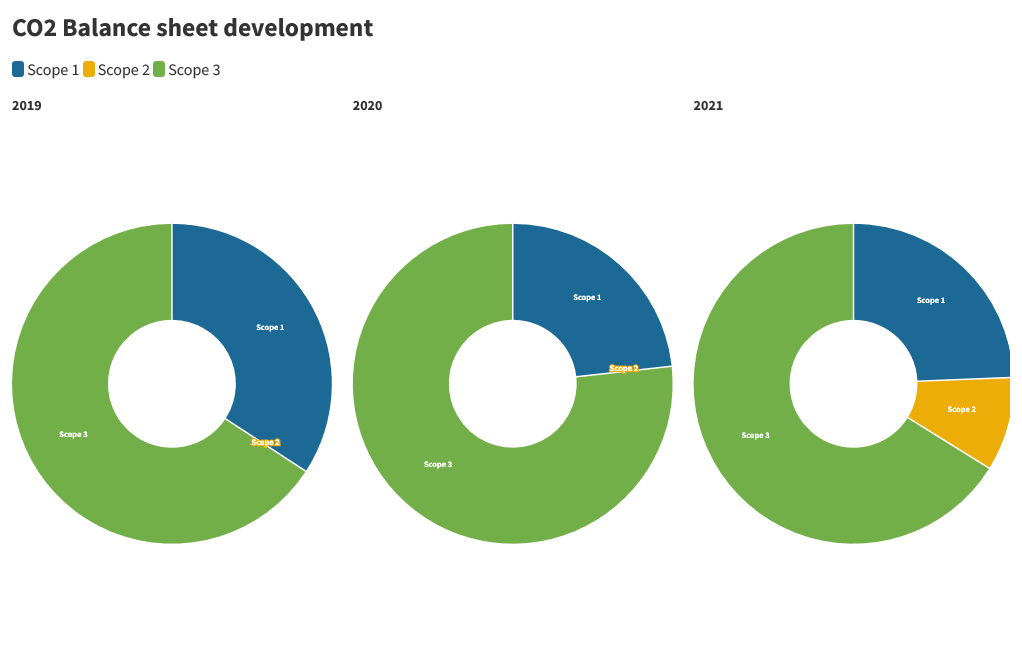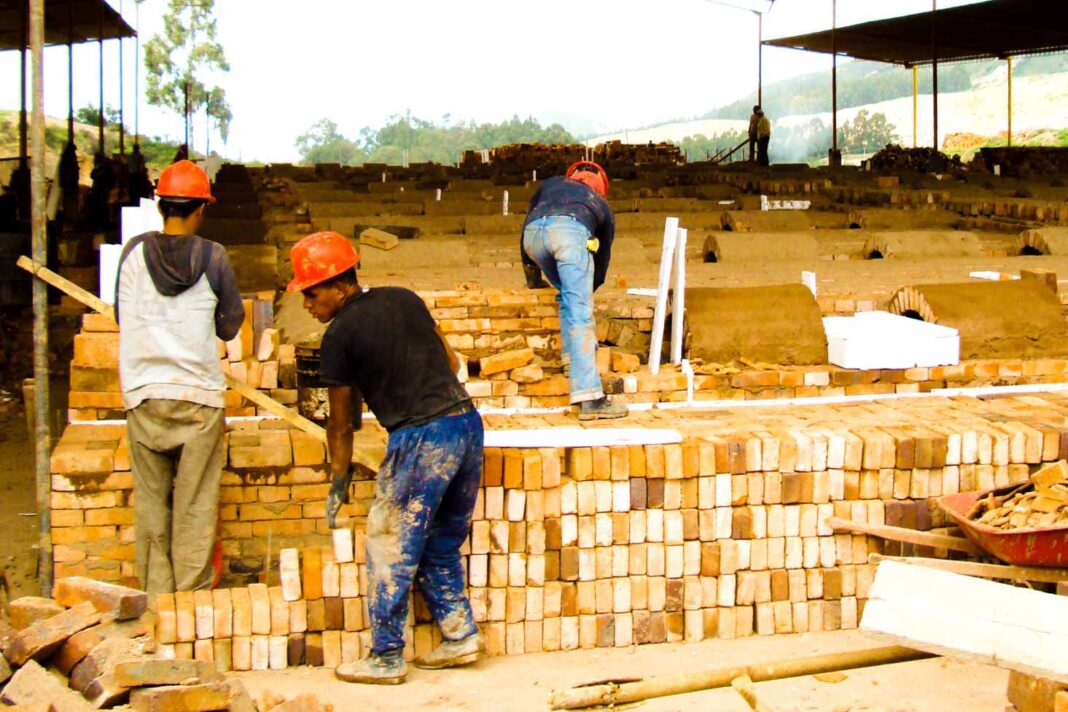Analysing, reducing, compensating and learning – all this is part of our annual climate balance. So, as part of this process, we collected and evaluated data, and drew up our balance sheet for 2021 to further expand our measures for more climate protection. At 290 tonnes of CO2, the bottom line was higher than in the previous year, but still significantly better than the first time we conducted the exercise in 2019. But what is the reason for this?
The data and the scopes
A carbon footprint takes into account a wide range of data: these include the petrol consumption of the vehicle fleet, the data volumes processed by the data centres or the energy requirements of the offices. For the evaluation, these emission sources are, in turn, assigned to different areas (scopes).
Scope 2, for example, records the CO2 emissions that result from energy consumption – this also includes the coolant for the air conditioning systems. For 2019 and 2020, Computop didn’t incur any emissions in this area. The reason: we switched to green electricity and did not have to refill any coolant. This was different last year when we used green electricity, as we do today, but had to refill the coolant – which corresponds to a value of 27 tonnes of CO2.
More employees, more togetherness, but also more CO2
Since the consumption of employees in their home offices and their journeys to and from the office cannot be recorded exactly, an average value is multiplied by the number of employees for the calculation. Thus, as the number of Payment People increased to 160 in 2021, the CO2 emissions were also higher.
In addition, compared to the Corona year, the Payment People were on the road again more often – for example, for trade fairs and customer visits. This, in turn, caused the emissions in Scope 3 to rise.

Analyse and reduce
In addition to analysing, our main concern is to reduce our CO2 emissions, so we also implemented a number of internal projects in 2021. These included our renewed participation in the Time for Climate Action Week as well as our founding membership in the Green Software Design Community. Although implemented differently, both projects pursue the same goal: to become active together, to inspire other companies for environmental and climate protection and to share ideas and experiences with each other.
In addition, the Payment People have been able to use e-company cars over the last year and thus significantly save CO2 – after all, the vehicle fleet accounts for about 16 percent of our emissions.

Climate protection in Colombia – biomass instead of coal
We compensate for the emissions that we are not yet able to reduce with a climate protection project in Colombia. It was important to us that the project was certified with the Gold Standard and this means that particularly strict requirements are placed on the project with regard to sustainable development and the involvement of the local population.
Santander – A brickyard for climate protection
Soacha – many young people come to this growing suburb of the Colombian capital Bogotá because they want to start a new life here. This is a flourishing business for the local brickworks, as they mainly build simple houses out of mud bricks. The problem: since coal is very cheap in Colombia, 39 of the local brickworks use it to fire their kilns. But the fortieth is an exception. Miguel Diaz’s Santander brickyard uses energy-efficient kilns and also runs them on up to 80 per cent renewable biomass.
The biomass itself consists of plant waste such as coconut shells, sawdust or residues from sugar cane processing. So, in order for the kilns to run and the bricks to be made, no forests are cut down or fossil fuels used. In Santander alone, this saves 18,490 tonnes of CO2 every year. In addition, the biomass does not rot in the open air and thus no methane is released – this saves additional greenhouse gases.
For a climate protection project to be accepted and considered valuable by the local population, it must also have added value for the people. Therefore, one of the project’s goals is to create long-term jobs with good working conditions and to fight modern slavery and child labour.

But let’s allow Miguel tell you about it for himself:


